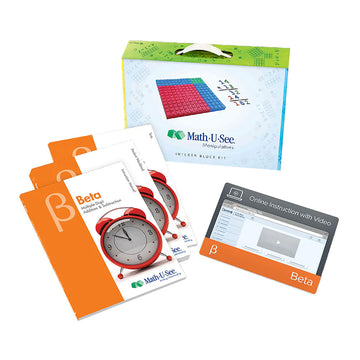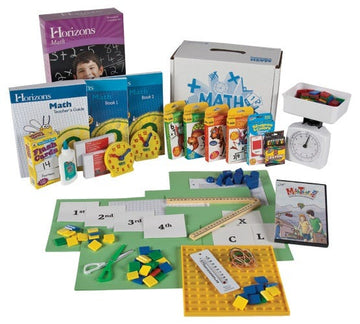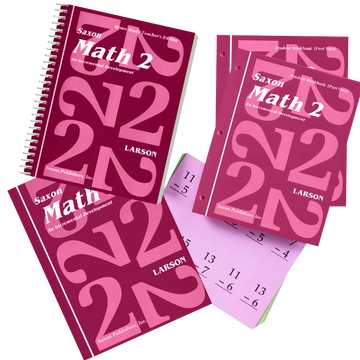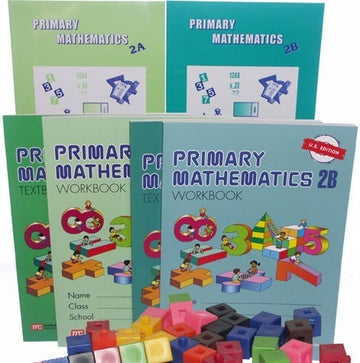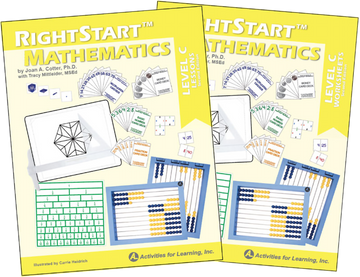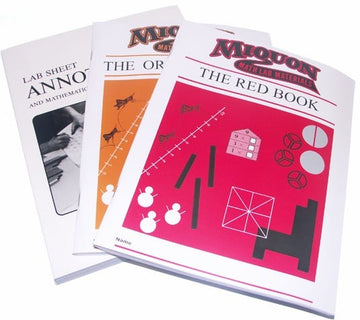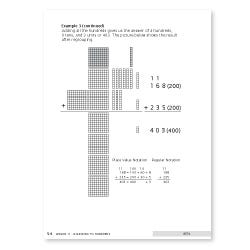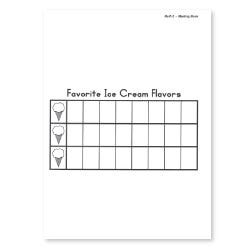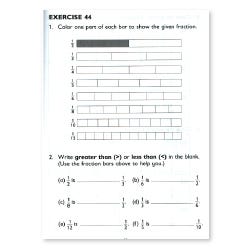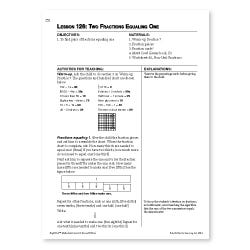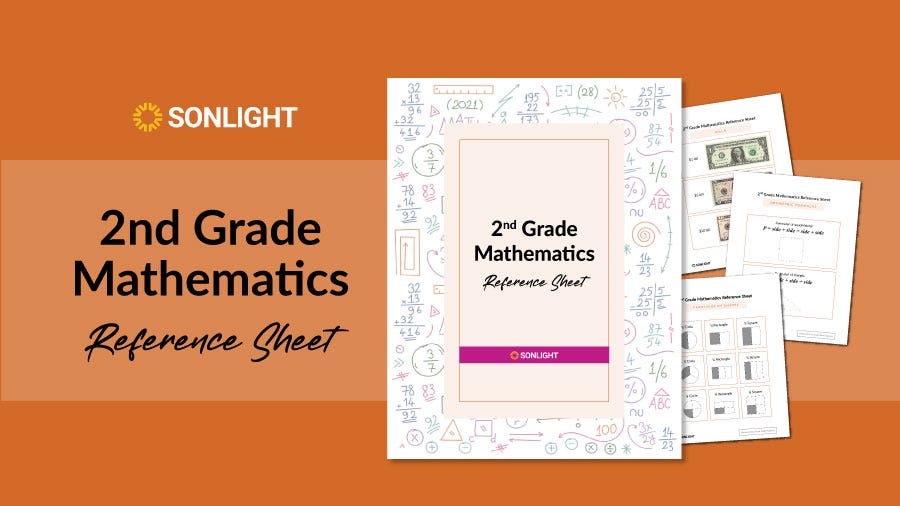2nd Grade Math
Are you the parent of a second grader and curious about math at this grade level? What should a second grader be able to do with arithmetic? What are the best second grade math programs? You’ll find answers to those questions as well as tips for teaching second grade math in this guide.
Second Grade Math Curriculum
The first consideration when it comes to second grade math is what curriculum to use. Your second grade math curriculum will direct your daily lessons, determine what topics are covered, and even inform the teaching approach you use. Here are six excellent choices to consider. When weighing your options we recommend referencing the Homeschool Math Comparison Chart. Each one is a solid math program that you can rely on. See the full Scope & Sequence here for all levels.
$125.40
$120.00
$232.55
$136.79
1 Math-U-See Beta
Math-U-See Beta for second graders (or ages 7-9) focuses on addition & subtraction of multiple-digit numbers and other topics. This curriculum is mastery-based and includes a variety of resources including both print books, instructional DVD, and the multi-colored hands-on Integer Block Kit. Plus Math-U-See offers skip counting songs to help kids memorize.
2 Horizons 2 Math Program
In Horizons Math 2, students learn to count to 100, count by 1's from 100-999, learn multiplication facts 1-10, find temperature in Fahrenheit, use coins and dollar bills in money calculations, and recognize and find area, perimeter and volume. This program has a strong hands-on component and includes a resource kit of math manipulatives which make math both tangible and fun.
3 Saxon Math 2 Program
With Saxon Math 2, new concepts are developed through hands-on activities and rich mathematical conversations that actively engage students in the learning process. Concepts are developed, reviewed, and practiced over time.

4 Singapore 2 Math Program
The main feature of Singapore 2 Math is its approach that moves through these three stages: Concrete→ Pictorial→Abstract. This approach encouragesactivemathematical thinking that leads to effective problem solving. Singapore second grade math curriculum lays a solid foundation students will need for more advanced mathematics.
5 RightStart Math Level C
RightStart Math Level C relies heavily on the kit of manipulatives and the AL Abacus, giving second graders a variety of hands-on experiences with the math concepts covered: four-digit addition and subtraction, two-digit mental math, multiplication, area, perimeter, measurement, money, time, and basic fractions. This program is very game-focused and works well for children who are math averse.
6 Miquon Math Second Grade
Miquon’s second grade math curriculum teaches children to view the world mathematically. This program emphasizes mathematical patterns and relationships rather than pre-set formulas and methods. It uses Cuisenaire® Rods (hands-on learning tools) and a unique graphic layout to help children discover mathematical patterns with just a bit of teacher guidance.
Second Grade Math Worksheet Samples
Download these free samples of second grade math worksheets.
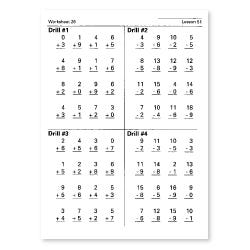
Horizons 2 Math Worksheets
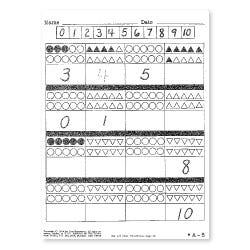
Miquon Math samples
- from the Orange Book: number values, addition and subtraction, telling time.
- from the Red Book: odd and even numbers, number lines and skip counting, simple fractions.
Second Grade Math Lessons
As your second grader becomes more fluent and confident with math facts, keep offering lots of encouragement and praise. Continue to practice basic facts so that they become second nature to your student.
Daily math lessons should not be long and tedious. Games and physical movement will make lessons fly by and help your second grader look forward to math. It’s okay to take a slow approach to math. Focus on the quality of the learning, not the quantity of worksheets completed.
Second Grade Math Reference Sheet
In second grade, math students get their first formulas—for perimeter. They begin to visualize fractions, learn to recognize and know the values of US currency in bill form, and understand place value. Download this free second grade math reference sheet (PDF) for the templates and formulas your second grader will need.
Second Grade Math
Problems & Equations
Your second grader’s math problems include: skip counting, basic geometric shapes, telling time, calculating elapsed time, story problems involving money, and basic math facts.
Equations for second graders are not complex. At this stage they are still working on mastering addition and subtraction facts. When presented with an equation such as 5 + 5 + 5 = 15, some students may begin to correctly equate repeated addition with multiplication and conversely repeated subtraction with division. Encourage your second grader to tackle story problems with a can-do attitude.
Second Grade Math
Numbers & Operations
As students in second grade learn to think more critically, they develop alternate strategies to solve a math problem. Encourage this type of divergent thinking. Drawing pictures, making tables, or using common objects to illustrate the problem all help your student visualize the concepts in a concrete way.
A fun method to encourage your student’s critical thinking is to ask them to devise a story problem using a set of numbers. For example, ask them to make a problem using the numbers 12, 5, and 7. They may envision this as an addition or subtraction problem—both are correct. Then ask your second grader to create a different problem with those same numbers.
Second Grade Math
Pre-Algebra & Algebra
As a second grader masters basic facts, they can start to solve simple algebraic equations. They’ll use inverse operations to tackle equations with a missing term—a foundational concept for algebra. Encourage them to use pictures, charts, or manipulatives as necessary. Be sure to praise all effort, even if it does not lead to the correct answer. Math is about thinking as much as it’s about solving the problem.
Second Grade Math Games
Because children at the second grade level enjoy the competitive nature of cards, dice, and board games, math games are a great way to practice without the drill and kill of worksheets.
- Turn any math facts you’re working on into a card game of memory or go fish. Cut index cards in half for the perfect size!
- It’s also easy to convert any simple board game (like Candy Land) into a math game by creating a set of cards with math facts. Or print a one-page game board template to make your own. Getting kids involved in the creation of the game itself is another chance to learn the math.
- At the grocery store, give your child a list of five items from your shopping list. As you add each one to the cart, have your second grader keep a running estimate of how much the total for the items will be.
- Incorporate movement into your games by having your child jump on numbered areas (either outside with sidewalk chalk or indoors with painter’s tape) or throw a ball/balloon.
Second Grade Math Standards
Grade 2 Common Core standards for math can be found here. Saxon and Math-U-See are great math curriculum choices if adherence to the Common Core math standards is important to you. (Remember that every math program teaches concepts in a slightly different order, so some standards may be taught earlier or later than as prescribed in the Common Core guidelines.)
To find out if your state has adopted Common Core standards, please check with your state’s Board of Education or see our state homeschool guides here.
Second Grade Math State Tests
The federal Every Student Succeeds Act of 2015 does not require math testing for second graders. Standardized testing generally begins in third grade.
Second Grade Math Vocabulary
The following are terms that your second grade math student ought to be familiar with:
- The expanded, standard, and word form of a number
- Similar
- Commutative property
- Associative property
- The unknown
- Greatest, least
- Greater than, less than, equal
- Whole number
- Even, odd
- Sequence
- Number line
- Estimate
- Length, height
- Day, week, month, year
- Data, pie chart, tally marks
- Meter, liter, gram
- Inch, foot, yard
- Sum, difference
- Ones, tens, hundreds, thousands
- Half, third, fourth
- Angle
- Perimeter
- Prism, face, cube
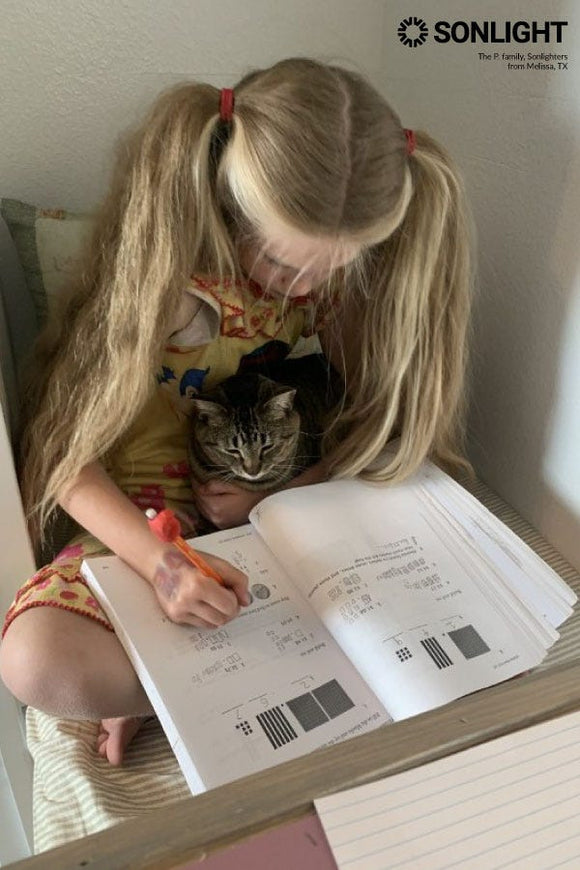
The P. Family, Sonlighters from Melissa, TX
Second Grade Math Supplements
If you would like to add to your current math program either for remediation, enrichment, or review consider these fun math supplements:
$22.99
$24.00
1 MathTacular
Your student will love joining Justin as he combines humor and real world math. These short videos cover topics including perimeter and area, place value, data and statistics, graphs, money, time, addition, and subtraction. You can choose a segment to reinforce a specific concept from the menu or just watch the video purely for enjoyment. Your students will laugh so much, they will not even realize they are learning second grade math!
2 Life of Fred
In this second book of the Life of Fred series, your second grader will continue with Fred on his journey to solve everyday math problems and concepts:
- What makes a dozen? Or a baker’s dozen?
- What does half past six mean?
- Skip counting
- Grouping symbols
- Large numbers such as trillion, quadrillion, and quintillion
Besides math facts, Fred injects poetry, astronomy, and science. See a sample here.
